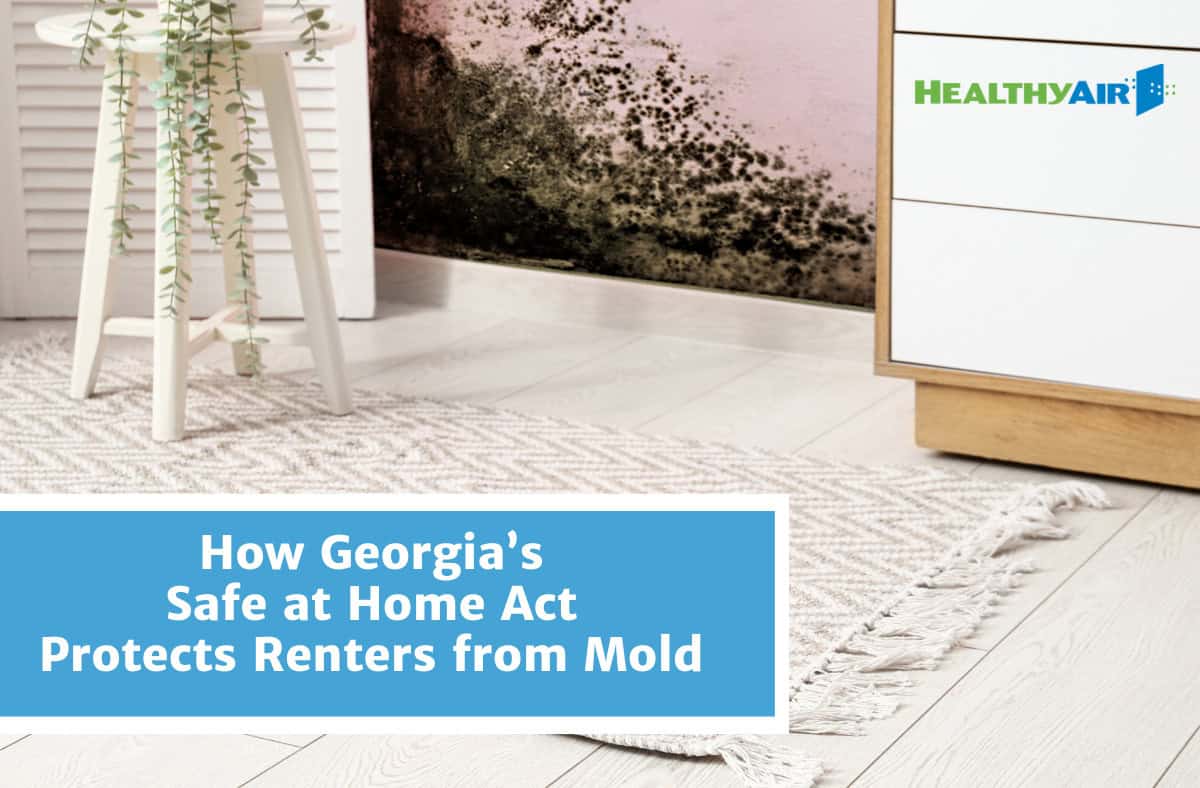Our Most Vulnerable Population at Risk: The Impact of Mold Exposure on Children’s Test Scores

Mold may be silently lurking in our homes, schools and environments, posing a significant risk to our children’s health and academic performance. A recent study published in the Journal of the American Medical Association (JAMA) revealed a compelling link between poor indoor air quality (primarily mold exposure) and decreased academic performance among school-aged children. The study findings emphasize an urgent need to address this often-overlooked environmental hazard and its far-reaching consequences on children’s educational outcomes.
Understanding mold exposure in children
Mold exposure can have serious effects on children’s health, but the symptoms it creates can go unnoticed or can be mistaken for other illnesses. Common symptoms of mold exposure in children include fatigue, skin rashes, headaches, and respiratory symptoms such as coughing, wheezing and nasal congestion. These symptoms can have a significant impact on a child’s ability to concentrate, participate in classroom activities, and perform well academically.
Prolonged exposure to mold in children has been linked to a variety of illnesses, from mild allergic reactions to asthma and bronchitis. Mold exposure also can negatively impact a child’s developing immune system. Because of their smaller airways, children are particularly vulnerable to the effects of mold spores in indoor air. Reactive airway disease, or asthma, is increasing around the world, and there is increasing evidence that indoor mold growth in damp buildings is associated with an increased incidence of childhood asthma.
Mold in the home
In addition to exposure at school, mold growth in the home poses a significant risk to children’s health and well-being. Moisture-prone areas like bathrooms, kitchens, basements and crawl spaces provide ideal conditions for mold to grow. Issues like high humidity levels and inadequate ventilation worsen the problem, creating an environment where mold can grow.
Parents should be vigilant about identifying and addressing mold growth in the home to protect their children from potential health hazards. Regular inspection of the home for signs of mold, including musty odors, discoloration on walls or ceilings, and visible mold growth, is critical for early detection and remediation.
How are mold exposure and academic performance connected?
The study in the JAMA highlights the undeniable connection between mold exposure and decreased test scores among school children. Exposure to mold impacts not only a child’s physical health, but also impairs their cognitive function and academic achievement.
Researchers found that children attending schools with poor indoor air quality, characterized by high levels of mold contamination, consistently scored lower on standardized tests compared to their peers in healthier school environments. These findings underscore the significant impact of environmental factors on education outcomes and the urgent need for interventions to mitigate mold exposure in educational settings.
Additionally, exposure to toxic black mold (Stachybotrys Chartarum) can cause significant neurological effects, as the toxins released from the mold can kill or damage neurons and impair brain function. Some of the common neurological symptoms from toxic black mold include mood swings, irritability, anxiety, dizziness, headaches, disorientation, memory loss, a shortened attention span, and more. Any of these symptoms can have a negative impact on a child’s ability to learn and succeed in school.
Addressing mold exposure and supporting children’s recovery
A multifaceted approach is required to identify and remedy sources of mold contamination, improve air quality and provide support for children affected by mold exposure. Schools and parents play a crucial role in creating safe and healthy environments for children to learn and thrive. Proper ventilation, humidity control and regular cleaning are key strategies for minimizing mold growth and maintaining optimal indoor air quality in schools and educational settings.
For children who already are experiencing symptoms of mold exposure or related illnesses, it’s important to seek early intervention and medical treatment. For some children, limiting or removing their exposure to a mold-contaminated environment is critical to recovery.
The correlation between mold exposure and childhood academic achievement is a clear reminder of the profound impact of environmental factors on educational outcomes. It is important to address possible mold exposure both at school and at home to ensure that children have the best possible outcome to be healthy and thrive.
Sources:
https://jamanetwork.com/journals/jamanetworkopen/fullarticle/2811147
https://www.yahoo.com/lifestyle/study-reveals-startling-between-air-123000138.html
https://www.futurity.org/air-pollution-test-scores-3000462/



